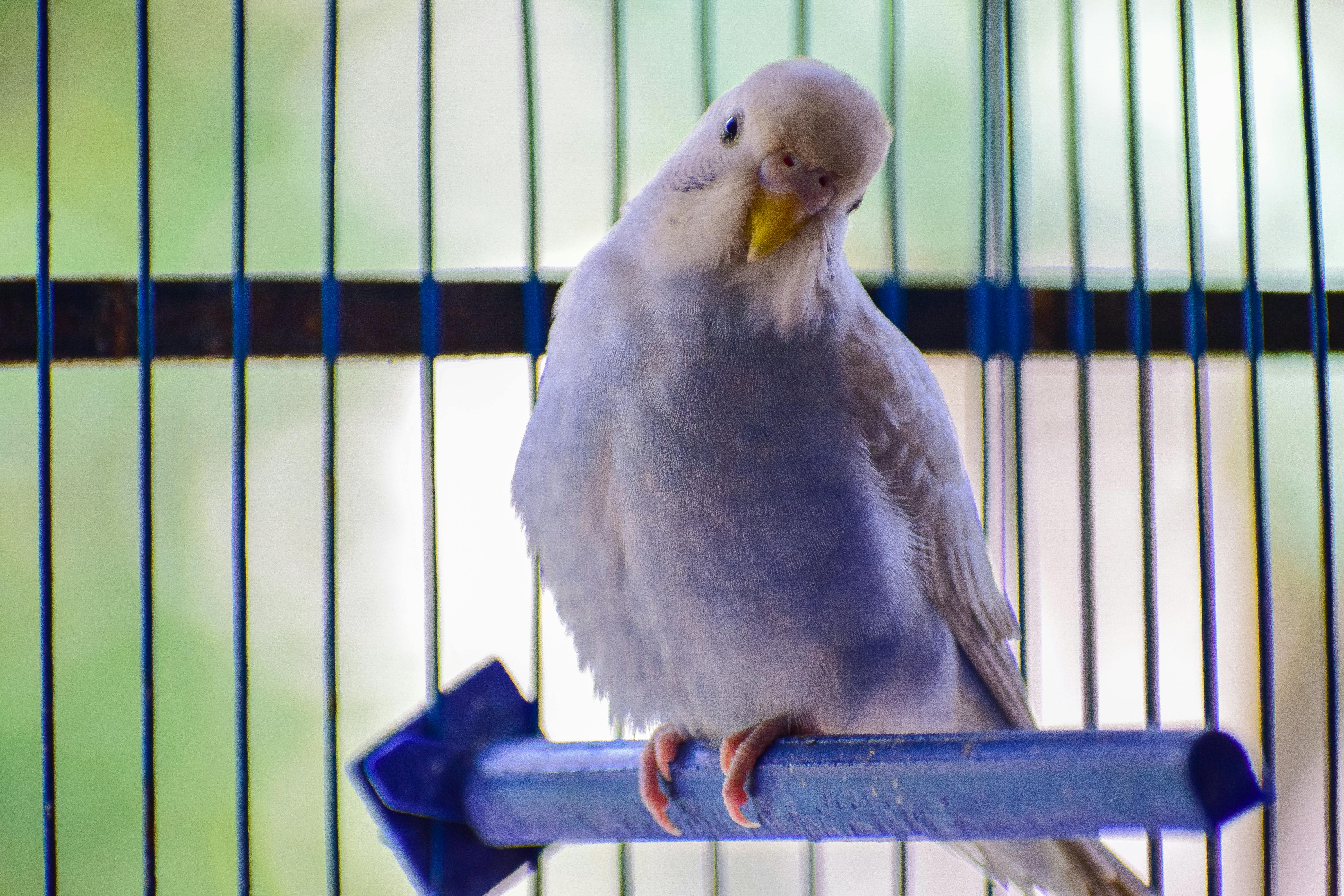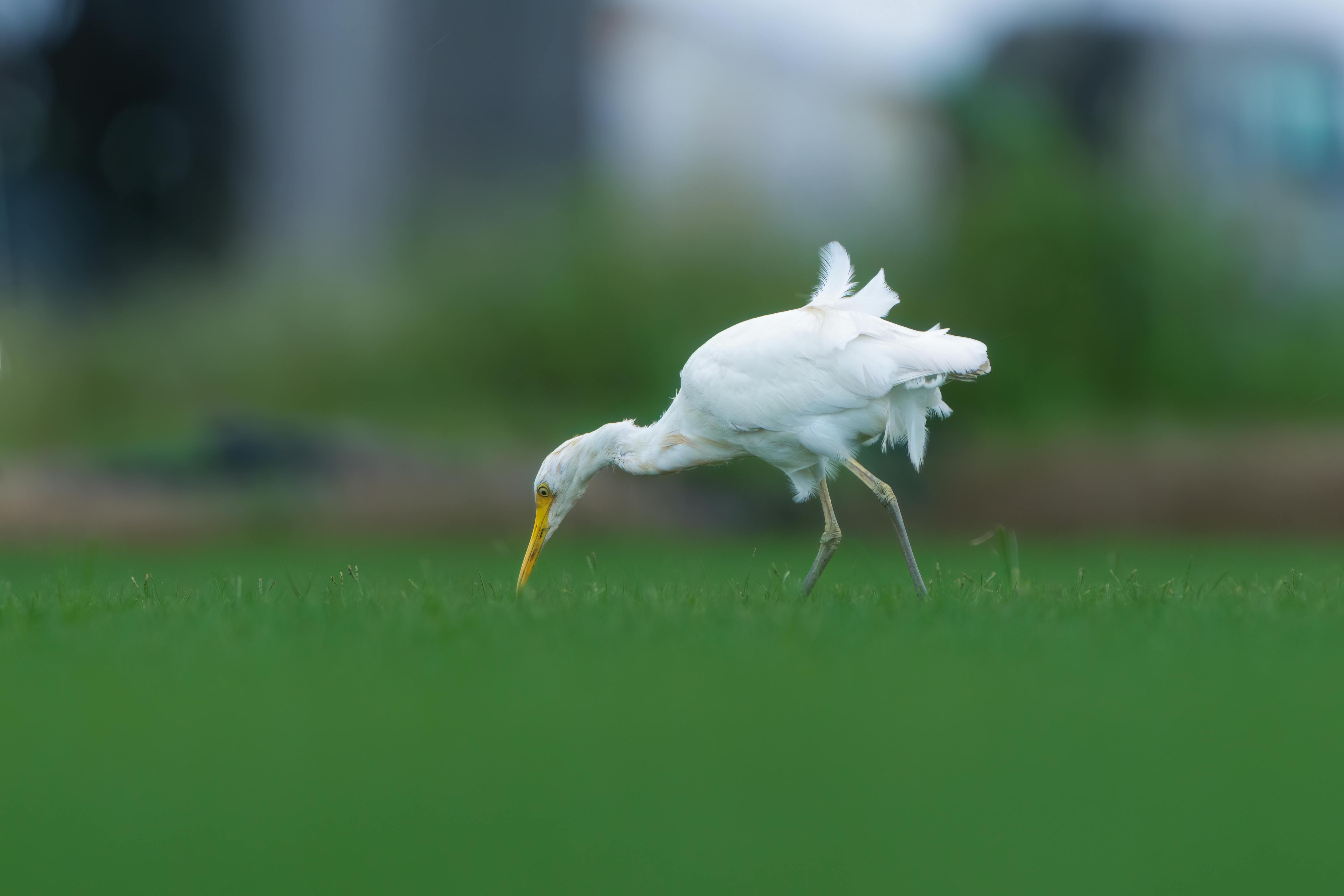
Effective Ways to Train Your Indian Ringneck Parrot in 2025: Enhance Bonding and Communication
Training your Indian Ringneck Parrot can be one of the most rewarding experiences for both you and your pet. These vibrant and intelligent birds, known for their playful personality and ability to mimic sounds, can become more than just companions; they can be family members. Understanding their unique temperament and needs is essential for effective training and fostering a strong bond. This article will guide you through effective training techniques, communication tips, and additional insights into the lifestyle of Indian Ringnecks to help you enhance your relationship.
Indian Ringnecks are known for their striking colors and engaging personalities. Not only do they require a balanced diet and proper care, but they thrive when engaged in training sessions that challenge their intellect and instincts. From basic commands to fun tricks, the approaches outlined here will set the stage for a fulfilling companionship. With 2025 coming up, it’s important to adopt modern practices in bird training that resonate with the evolving understanding of avian behavior.
Get ready to dive into the best practices for training Indian Ringnecks, enhancing their socialization, creating engaging environments, and improving your communication skills with these beautiful parrots. Here’s a preview of the key topics we’ll cover:
- Understanding the Indian Ringneck's Behavior and Temperament
- Essential Training Techniques for Bonding
- Fun Tricks to Teach Your Indian Ringneck
- Best Enrichment Practices for Mental Stimulation
- Common Training Mistakes to Avoid

Understanding the Indian Ringneck's Behavior and Temperament
Training any bird begins with understanding its natural behavior and temperament. Indian Ringnecks thrive on interaction, socialization, and mental stimulation. They are often characterized by their playful nature and intelligence, making them excellent candidates for training. Knowing how to read their behavior will help establish a trusting relationship.
Typical Behavior Traits of Indian Ringnecks
Indian Ringnecks display a variety of behavioral traits that can be both charming and challenging. Their playfulness and curiosity often lead them to explore their surroundings, which can be an asset during training. However, they may also exhibit signs of aggression or fear, especially if they do not feel safe. Recognizing these emotional signals is crucial to manage their training effectively.
Socialization Needs
Socialization plays a vital role in the development of a friendly Indian Ringneck. These parrots enjoy interaction with their owners and thrive in stimulating environments. Spending quality time with them, introducing them to new people, and providing social interactions significantly enhance their adaptability and trainability. Undoubtedly, a well-socialized parrot is likely to exhibit better behavior and vocalization.
Indian Ringneck Communication Signals
Understanding your Indian Ringneck’s vocalizations and body language is central to successful training. Parrots have their own unique ways of expressing themselves, including specific sounds and postures. Paying attention to these signals can improve your ability to communicate effectively, making it easier to train them.
Essential Training Techniques for Bonding
Building a strong bond with your Indian Ringneck through effective training techniques is essential. This section focuses on foundational exercises to establish trust and cooperation.
Positive Reinforcement Techniques
Positive reinforcement is one of the most effective training techniques. This involves rewarding your parrot for good behavior, creating a positive association with the desired action. Treats, verbal praise, and petting can be used to encourage your Indian Ringneck to repeat desired behaviors. Over time, your bird will recognize these rewards and be motivated to perform the tricks you're teaching.
Establishing Training Sessions
Training sessions should be short, engaging, and free of distractions. Aim for about 10-15 minutes each day. Keeping the tone upbeat and using enthusiasm will encourage participation. You can tailor the training sessions to your parrot's mood, reinforcing behavior when they are receptive and engaged.

Creating a Safe Training Environment
Before starting training, ensure your environment is safe. Avoid areas with potential hazards, and choose a quiet space where your Indian Ringneck can focus. An enriched environment also contributes to overall well-being and engagement, easing the training process. Provide toys and items they can interact with to stimulate their interests while allowing for breaks during sessions.
Fun Tricks to Teach Your Indian Ringneck
Teaching your Indian Ringneck various tricks not only showcases their intelligence but also deepens your bond. Here are some engaging tricks that most Indian Ringnecks can learn with patience and practice.
Step-by-Step Process for Teaching Tricks
Start with simple tricks like “step up” and “turn around.” For the “step up” command, gently place your finger in front of your bird to encourage them to step onto it. Once they do, reward them with a treat. For “turn around,” create a sequence where they turn clockwise for a reward. Use encouraging words consistently and keep the atmosphere fun and relaxed.
Maintaining Patience During Training
Every parrot learns at its own pace. It’s essential to maintain patience during training. Avoid showing frustration, as this can lead to stress or withdrawal for your pet. Celebrate small milestones to keep motivation high for both you and your Indian Ringneck.
Incorporating Tricks into Daily Routine
Integrate the tricks into your daily interactions. This reinforces skills learned during training sessions and provides opportunities for your Indian Ringneck to practice. Additionally, it keeps your bird engaged and leads to a more harmonious living arrangement.
Best Enrichment Practices for Mental Stimulation
Enrichment is vital to keeping your Indian Ringneck mentally stimulated. Boredom can lead to behavioral issues and reduced communication. Below are enriching practices for a happy and healthy parrot.
Interactive Toys and Games
Investing in interactive toys specifically designed for parrots can boost your bird's mental agility. Look for toys that require problem-solving and encourage physical activity. Rotate toys regularly to maintain interest. Creating opportunities for explorative play will keep your bird engaged.
Socialization with Other Birds
If possible, socializing your Indian Ringneck with other birds (such as lovebirds) can provide beneficial experiences. Observe any interactions to ensure they are positive and not aggressive. This exposure will help develop their social skills and enrich their overall behavior.
Foraging Activities for Cognitive Development
Foraging mimics natural behaviors and encourages birds to exercise their minds. Hide food in different locations or use foraging toys that challenge your bird. This not only keeps them active but also builds independence and problem-solving skills.
Common Training Mistakes to Avoid
Despite best intentions, some common training mistakes can hinder your efforts. Being aware of these pitfalls can help you achieve better results.
Overusing Commands or Cues
Repeating commands or cues excessively can lead to confusion. Always strive for clarity with your commands. Only say the command once, followed by praise for successful responses, so your Indian Ringneck learns to listen attentively.
Inconsistent Training Schedules
A lack of consistency may frustrate your bird and slow progress. Create a regular training schedule that’s convenient for you and establish clear routines. Consistency is key to successful training.
Ignoring Signs of Stress
Pay attention to your Indian Ringneck’s behavior during training sessions. If they appear stressed or frightened, take a break. Understanding and respecting their emotional state fosters trust and strengthens your bond over time.
Q&A Section
Here are some frequently asked questions regarding training Indian Ringneck parrots:
What is the best age to start training an Indian Ringneck?
Starting training at a young age, around six months, is ideal. This allows them to develop social skills early and enhances their ability to learn tricks over time.
How can I tell if my Indian Ringneck is enjoying training?
Signs of enjoyment include vocalizations, relaxed posture, and eagerness to participate. If your bird shows signs of excitement during training, they are likely enjoying the activity.
Are there any special safety tips I should consider while training?
Always supervise your Indian Ringneck during training sessions. Avoid areas that may pose risks, such as near open windows or sharp objects, and ensure the training environment is free from distractions.
Training your Indian Ringneck parrot can significantly enhance your bond, communication, and overall well-being. Implement these effective training strategies, integrate enriching activities, and maintain consistent routines for a thriving avian relationship. For more insights into Indian Ringneck care and practices, explore more on pet Indian ringnecks and understanding their behavior.